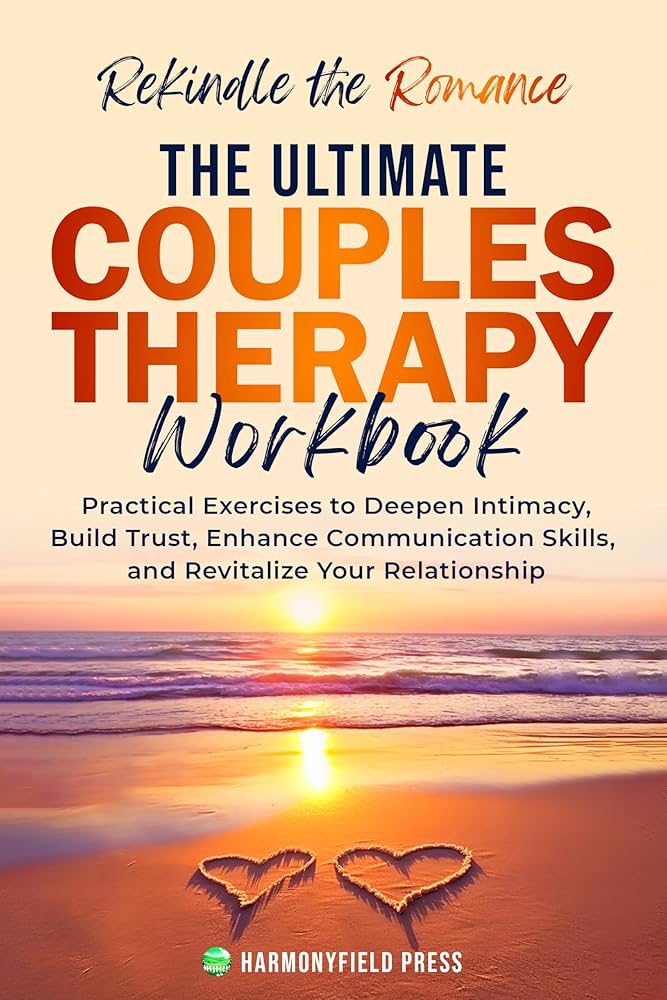Can Your Body Language Lie? Uncover Hidden Truths
Yes, body language can lie. Non-verbal cues may not always reflect true feelings accurately.
Body language is a powerful form of communication that can sometimes be misleading. People can consciously or unconsciously use gestures, facial expressions, and posture to deceive others or hide their true emotions. Understanding the nuances of body language can help in deciphering hidden meanings and detecting dishonesty in interpersonal interactions.
It is important to be aware of both verbal and non-verbal cues to gain a comprehensive understanding of communication dynamics. By paying attention to body language, one can potentially uncover underlying emotions and intentions that may not be expressed verbally.
Introduction To Body Language
Body language plays a crucial role in our daily interactions. It is a form of nonverbal communication that includes gestures, facial expressions, and posture. Understanding body language helps us read people’s true feelings and intentions.
Importance Of Nonverbal Cues
Nonverbal cues are essential for effective communication. They often convey more information than words. For instance:
- Facial expressions show emotions like happiness, sadness, or anger.
- Gestures can emphasize a point or indicate direction.
- Posture can reveal confidence or nervousness.
These cues help us understand others better. They also help us build stronger relationships. According to research, about 55% of communication is nonverbal. This shows how critical body language is in our interactions.
Common Misinterpretations
People often misinterpret body language. This can lead to misunderstandings. Here are some common misinterpretations:
| Nonverbal Cue | Common Misinterpretation | Actual Meaning |
|---|---|---|
| Crossed arms | Being defensive | Feeling cold or comfortable |
| Avoiding eye contact | Being dishonest | Feeling shy or anxious |
| Smiling | Being happy | Being polite or nervous |
Understanding these differences is important. It helps us avoid incorrect judgments. It also improves our communication skills.
The Science Behind Body Language
Body language is a powerful form of non-verbal communication. It can reveal our true feelings and intentions. But can it lie? Understanding the science behind body language can help us decode these signals.
Neurological Basis
Our brains control our body movements. Different parts of the brain handle various gestures. For instance, the amygdala processes emotions, which can influence our facial expressions.
The motor cortex controls voluntary movements like hand gestures and posture. Mirror neurons in the brain help us understand others’ actions and emotions.
| Brain Part | Function |
|---|---|
| Amygdala | Processes emotions |
| Motor Cortex | Controls voluntary movements |
| Mirror Neurons | Help understand others’ actions |
Psychological Factors
Psychological factors also play a role in body language. Stress, anxiety, and confidence levels can affect our gestures.
For example, a confident person might stand tall and make eye contact. Someone who is anxious might avoid eye contact or fidget.
- Stress: Can cause fidgeting or avoiding eye contact.
- Confidence: Leads to open and assertive gestures.
- Anxiety: Results in nervous movements or closed posture.
Understanding these factors can help us interpret body language better. It can also help us manage our own non-verbal signals.
Indicators Of Deception
People often use body language to communicate. But can your body language lie? Indicators of deception can help us understand this. Observing these signs can reveal if someone might be lying.
Inconsistent Gestures
Inconsistent gestures can be a sign of deception. This happens when a person’s words and actions don’t match. For example, saying “yes” but shaking their head “no”.
- Contradicting gestures
- Excessive fidgeting
- Sudden movements
People might touch their face more often. They may also cross their arms or legs. These actions can show discomfort or nervousness.
Facial Microexpressions
Facial microexpressions are brief facial movements. They can reveal true emotions. These expressions last only a fraction of a second.
| Emotion | Facial Microexpression |
|---|---|
| Happiness | Quick smile |
| Surprise | Raised eyebrows |
| Fear | Wide eyes |
| Disgust | Wrinkled nose |
Microexpressions are hard to control. A liar might show fear or guilt for a split second. Learning to spot these can help detect lies.
Cultural Differences
Body language can be tricky to interpret across different cultures. What may be a friendly gesture in one culture could be offensive in another. Understanding these cultural differences can help avoid misunderstandings.
Western Vs. Eastern
In Western cultures, direct eye contact shows confidence. It’s a sign of honesty and attentiveness. A firm handshake is also common and seen as a positive gesture.
In Eastern cultures, direct eye contact can be seen as rude. It may show disrespect, especially towards elders. Bowing is a common greeting, showing respect and humility.
| Western | Eastern |
|---|---|
| Direct eye contact | Avoids direct eye contact |
| Firm handshake | Bowing |
Contextual Variations
In some cultures, body language changes with context. For example, in Italy, people use hand gestures frequently. These gestures have specific meanings and are part of everyday conversation.
In Japan, the context is key. A nod can mean many things. It could be a simple acknowledgment or a sign of deep understanding.
- Hand gestures in Italy
- Nodding in Japan
Understanding these contextual variations can help you communicate better. It reduces the chances of sending the wrong message.
Improving Your Body Language
Body language speaks louder than words. It can build trust or create doubt. Learning to improve your body language can enhance your interactions and relationships. This section will guide you on how to do just that.
Building Trust
Trust is the foundation of any relationship. Your body language plays a crucial role in establishing trust.
- Eye Contact: Maintain eye contact to show you are engaged.
- Open Posture: Avoid crossing your arms; it makes you look defensive.
- Nodding: Nod your head to show you are listening.
- Smile: A genuine smile can make you appear friendly and approachable.
Enhancing Communication
Effective communication is key to success. Good body language can improve how you convey your message.
- Gestures: Use hand gestures to emphasize important points.
- Facial Expressions: Your face should reflect your emotions.
- Posture: Stand or sit up straight to show confidence.
- Personal Space: Respect personal space to make others comfortable.
Improving your body language takes practice. But the rewards are worth it. You will build trust and enhance communication skills.
Frequently Asked Questions
What Body Language Indicates Lying?
Shifty eyes, fidgeting, touching the face, inconsistent stories, and excessive sweating often indicate lying. Watch for these signs.
How To Tell If A Person Is Lying?
Yes, body language can be deceiving as it may not always reflect true thoughts or feelings accurately.
Can Body Language Be Deceiving?
People often look up and to the right when lying. This movement indicates imaginative thinking.
Conclusion
Understanding body language is crucial for effective communication. While it can sometimes be misleading, it often reveals true emotions. Being aware of these signals helps in better interpreting interactions. Pay close attention to non-verbal cues to improve your social skills and relationships.
Remember, actions often speak louder than words.



